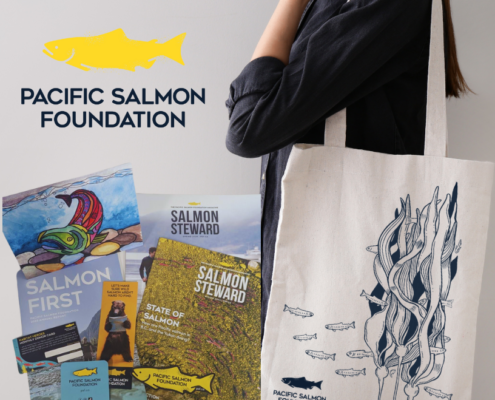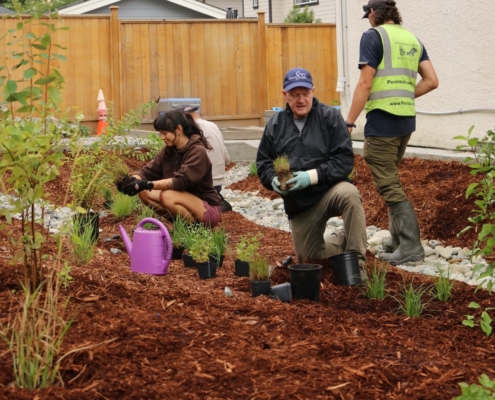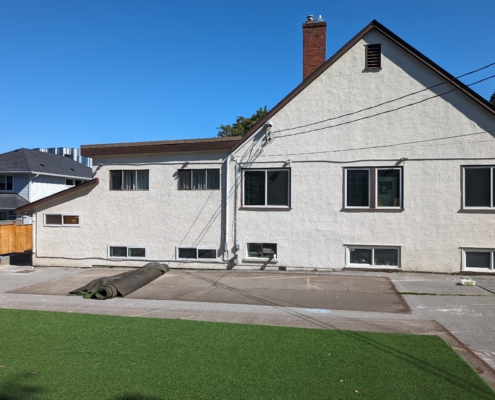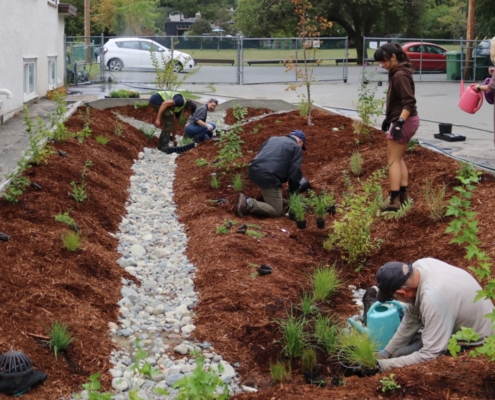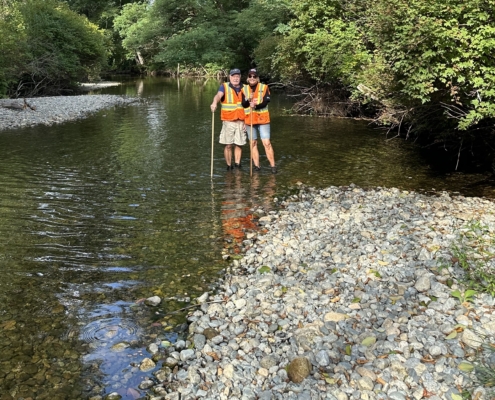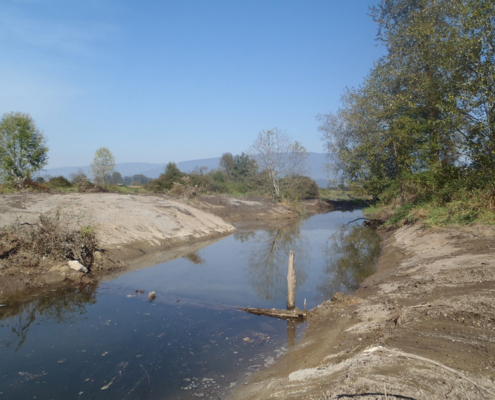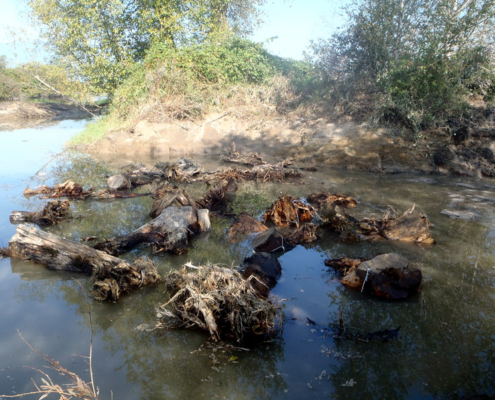Your spring donation is building capacity to provide young fish with clean habitats.
This epic journey would not be possible without healthy freshwater ecosystems, which play an incredibly important role for juvenile salmon in their early days. Cold, clean water and intact habitats are essential for their early development. By protecting and restoring these environments, we help ensure the future of Pacific salmon for generations.
In the face of new threats, like the tire toxin 6PPD-quinone that is killing coho, we need to expand our efforts to provide juvenile salmon with suitable habitat conditions to thrive, helping declining populations bounce back.
PSF is supporting dozens of habitat rehabiliatation projects this spring, but we need your help!
A special gift for our Habitat Heroes!
Sign up as a monthly donor this spring and you’ll receive a special salmon & kelp tote bag and welcome kit as a symbol of your commitment to helping wild salmon and their habitat.
Green infrastructure like rain gardens can filter more than 90% of 6PPD-quinone from stormwater before it reaches salmon habitat. This spring, PSF granted $22,500 to Peninsula Streams Society (PSS) in Greater Victoria to develop and deliver rain garden education and workshops to youth and schools, young professionals, and community stewards in the Colquitz and Gorge Watersheds. They will also design, install, and maintain two demonstration rain gardens in local community hubs, empowering local stewards to embrace stormwater best practices, resulting in cleaner water in salmon-bearing streams.
Ongoing habitat improvement and maintenance are critical to the survival of young fish. PSF is helping to fund dozens of habitat rehabilitation projects across B.C., including a $6,880 grant to the Alouette River Management Society (ARMS) in Maple Ridge. The group will engage over 50 community members who are pitching in to improve the health of salmon habitat within the Alouette Watershed. Removing sediment and invasive reed canary grass will reopen valuable rearing habitat and installing large woody debris structures will enhance habitat downstream in the Coniagas Channel.
